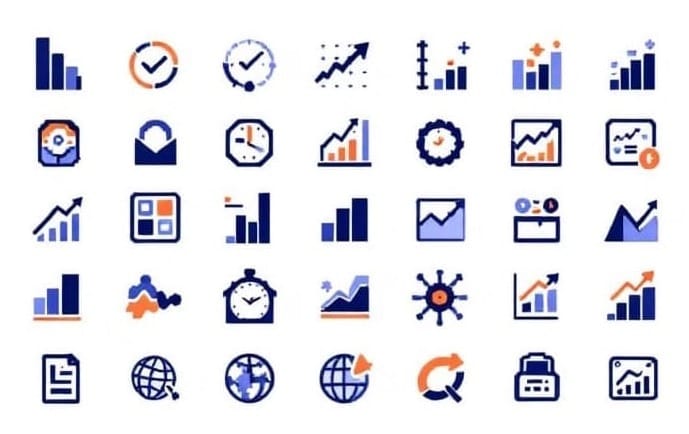Agile metrics are powerful tools to help teams measure value, track progress, uncover bottlenecks and drive continuous improvements.
Unfortunately, many struggle with agile metrics - some avoid them entirely, while others barely use them. Why is that?
Well.. To use agile metrics, you have to learn and sustain knowledge about data, charts, graphs, analysis, patterns, trends, visualization techniques, interpretation, statistical concepts, reporting, tracking tools, dashboards, and storytelling with numbers.
Phew.
Just listing all that was exhausting! But it doesn’t have to be. I’m here to change that and make agile metrics simple.
📍 Start here
First, I want to help you build weekly momentum by sharing concrete ideas, actions, and examples of agile metrics. This will transform agile metrics from an afterthought to a ready-to-use tool, which you can use when needed.
My goal with the weekly series is to deliver a wow-effect for you - and every single one of my readers. I’m always open to feedback, and it’s quotes like the one below that motivate me to keep providing value every single week:
🧭 Explore
Next, it’s time to explore. I have created an intuitive and ever-growing list of agile metrics, designed to give you a quick and comprehensive overview. It’s a bookmark-worthy resource you’ll want to have at your fingertips whenever you need it.
While this list is continually evolving with new additions, each metric can serve multiple purposes depending on your context and goals. Whether you need to quickly identify team bottlenecks or effectively demonstrate the value you’ve delivered to stakeholders, this list will guide you to the right metric and use-case.


